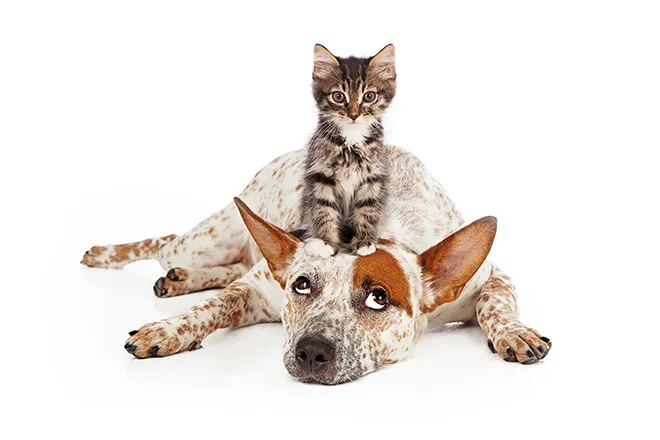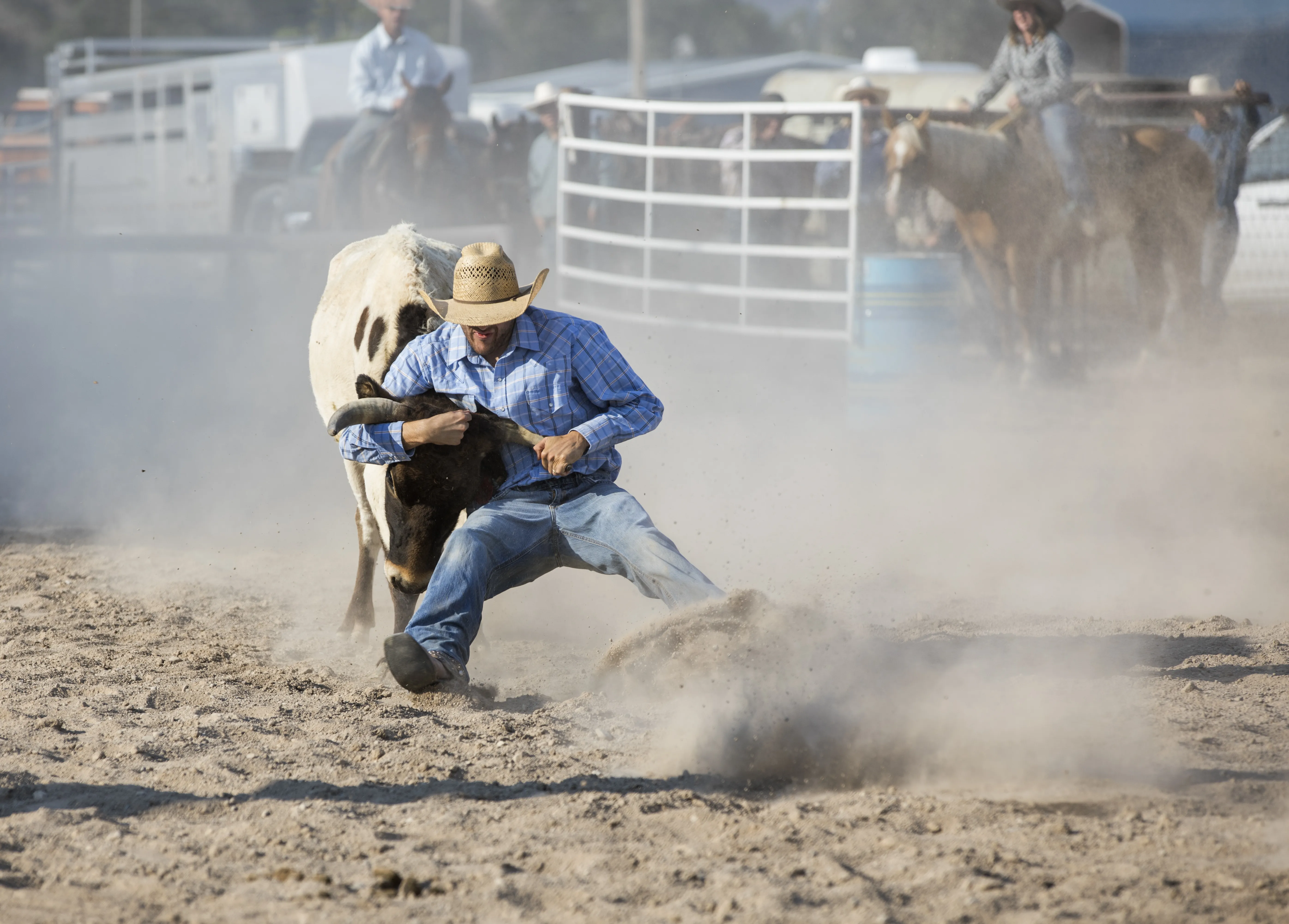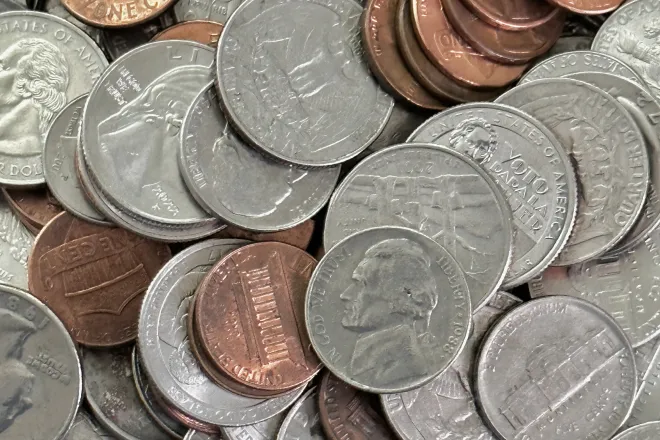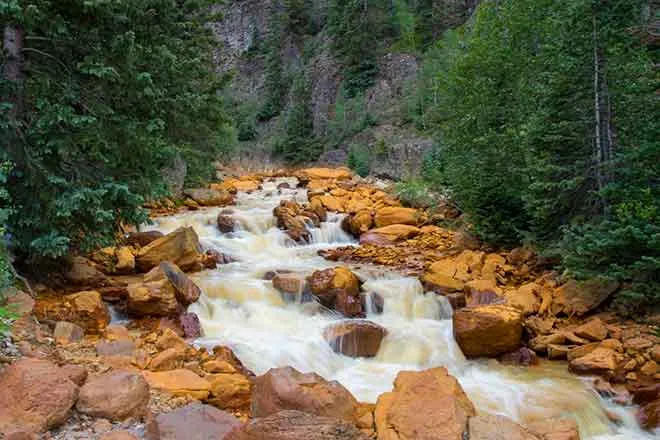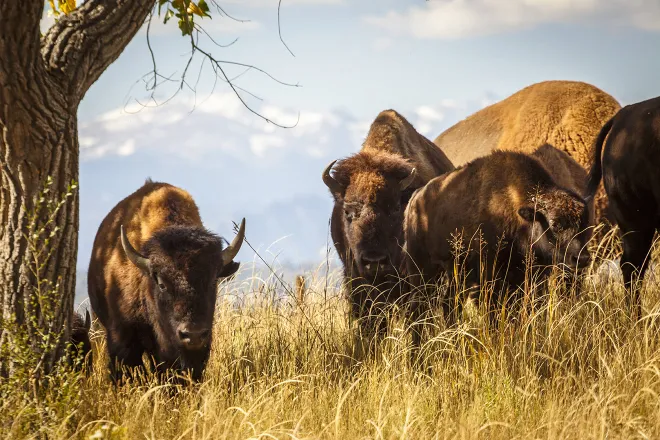
Your Story: In the Beginning – Hammer Family History Part 16
© KiowaCountyPress.net / Chris Sorensen
Ernie Hammer is a long time Kiowa County Press contributor. This story is written by Ernie’s Aunt Liz, Elizabeth Katherine (Hammer) Smith Benatti, based on her memories and family research. The story begins in Germany with Oswald Hammer and Margarethe Marie von Barsewisch, Liz’s parents. Liz passed away at the age of 104. She was living at the Kohart Home in Kit Carson at the time of her death. Part 15 can be read here.
Prairie Critters
The first horses were work horses and were also used for riding. Martin’s horse was a sorrel mare he bought from one of the cattlemen he worked for. Ted owned Duchess then he left home. Gerhardt had Pet, a bay mare. Fritz had Blue, a strong, sturdy gelding who bucked if you were riding in the rain. Oscar and Rod really didn’t care for horses like the rest of us.
Martin had a little different pet, a coyote. It was a young one. At this time Martin was digging out the hole for the cellar. Martin put the pup down in the pit which was about eight feet deep and a 28 by 40 foot hole. He fed him milk, bones and leftover scraps. The day he finished all the digging and they would be getting ready for cement, Mart forgot to pull the ladder up, next day no coyote.
A herd of mountain burrows roamed here at the time of the mining days. The slimmer days came when the mines began to peter out and when this herd of about 30 burrows came to drink and eat our sparse pastures with only cactus and soap weeds showing any kind of green or growth.
The older boys, Ted, Gerhardt, Fritz and Rod and later William and Henry loved to round up as many burros as they could into the horse corral and try to catch and ride them. Jim Williams called Windy Bill or the Windjammer, would come to round up the burros for tourists. Bill Williams used to give the boys money to round them up and he would pick the ones he wanted for the tourists and the boys. Later the boys got to saddling and bridling the donkeys and rode them to the school fence and turned them loose. Soon there were no more wild burros.
The rattlesnake is a member of the pit snake family, the crotalida. One afternoon, when my horse unseated me on the roadside near the snake he had jumped to avoid, I chose to spend some time investigating the hated snake of the prairies. At first, I was apprehensive as I watched the snake slither away. It was my chance to find a more suitable place to do my study. I moved a few feet away from the mound of tumbleweeds, soap weed and sand mounds with all the little round holes coming out of the sand.
It was this same afternoon, as I watched for the snake to come out of the bushes that I also found other inhabitants of this area. All around this mound of sharp spiked bushes were so very many holes. These holes were the burrows of the sand rodents, one of which is the gopher. Then I noticed something moving around behind one of the broken blades of the plant.
To the left of the snake was a gopher who had pounced upon a long legged insect with bent wings. The gopher began to crunch the insect in its sharp teeth. With its meal over, the gopher stood upon its hind legs and began to seek out other food, but was stopped when it saw the snake. The gopher stood on four feet for awhile and then in a lazy motion put its body on the hot sand. Just then the wide greedy mouth of the snake sucked the head of the gopher into its empty cavern. It was no great battle, but the snake kept its muscles twitching as the big hump, the body of the gopher, made inside the snake was slowly pushed along the snakes round tunnel. The gopher gave no sign of movement as the snake kept struggling as if the battle were not won.
I stood stunned even though I had known how a rattlesnake got its dinner, I had never witnessed it before. Then I walked away still realizing what a hideous was a little gopher lost his life to feed another animal. But as I continued to my horse and rode the long mile home, my sympathy was for the little rodent, I also had a sad feeling for the snake. In my reflection on the way home, I was reminded of how my brothers and their friends used to kill the snakes and skin them.
Next week – Prairie Critters (continued)
Summarized by Janet Frederick
The Kiowa County Press invites those who live in or have ties to Colorado - especially the southeast, however all contributions are welcome - to share their story with our readers. Family history, current life, unique sites and adventures, and other aspects of living in Colorado are welcome. Contact us at editor@KiowaCountyPress.net.


